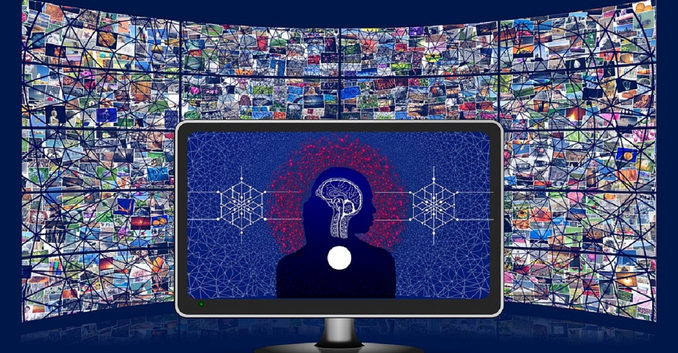
The ongoing conflict between technological advancements, such as DreamStudio AI, and artists’ rights to maintain control over their work and receive proper compensation is a familiar one. Therefore, it is inevitable that legal cases and legislative measures will attempt to draw a line between what is deemed fair and what is not.
Recent court cases against tech companies over using artwork images to train artificial intelligence tools have surfaced, alleging scraping images from the internet to train their AI with different styles, moods and themes. Getty Images filed suit against Stability AI’s Stable Diffusion tool for using thousands of images from Getty’s library without permission.
Copyright law and AI pose many unique challenges, with one primary area of contention being how AI tools learn; raising questions over whether such learning practices violate copyright. One case that highlights this concern is Stability AI’s dispute with IBM over this exact point. Getty Images alleges that its copyrighted images were illegally copied during the training process for Stable Diffusion tool, violating any subsisting copyright in those images. Programming processes typically involve reproducing the source material, even temporarily stored copies; so, it can be challenging to see how Stability AI can defend itself from these accusations. While in the USA the issue of fair use may apply more readily in this instance than it would in the UK.
Finding out whether output generated by AI tools constitutes infringing works is a complex endeavour that must be approached carefully. This usually means assessing whether any portion of an original picture was copied and whether this copying constitutes “substantial infringement.” There have also been allegations that Stable Diffusion tools were being used to create images similar to specific artists’ styles, complicating further the analysis of potential infringement.
Stability AI-related cases will be closely tracked to gain legal clarity on these issues; however, due to potential appeals it could take several years before courts are fully equipped to address both current and future technological developments.
The conflict between new technologies’ potential advantages and the need for artists to control how their works are used and generate income can be an endlessly frustrating one. Court cases and legislative measures often impose artificial boundaries between what’s considered fair and unfair use.
At present, legislation concerning the issue of infringement is being developed. In the United Kingdom, efforts are underway to establish legislation in this regard; for instance, recently the government proposed broadening an exception currently applicable only for non-commercial data mining used for research to cover any purpose, which would allow AI tool training without infringing. Whether or not this proposal will go forward is currently uncertain. Meanwhile, EU directives include an exception that would apply unless rights owners explicitly reserve them explicitly, providing both sides with further points for debate.
Protection of AI-generated works raises complex questions regarding their originality and ownership. Ascertaining whether AI-generated works qualify as “original” for copyright purposes can be complex, especially where an AI tool learns styles or images; to properly establish whether AI-generated works qualify for protection this may require in-depth case-by-case analyses to establish eligibility.
Moreover, the question of who owns the copyright in AI-generated works is another gray area. Under UK copyright legislation, the creator or author of an original piece is the owner of the copyright. However, when an AI generates a digital asset, there is no “artistic effort” or “skill, labour, and judgment” of the artist involved. This raises the question of who owns the copyright in something created by a machine. For instance, who owns the copyright in randomly generated computer images such as the CryptoPunks characters?
The Copyright Designs and Patents Act 1988 in the UK addresses computer-generated works by defining their author or owner as being defined by those who make arrangements necessary for its creation, though sometimes identifying who made these necessary arrangements can be challenging.
As the Stability cases progress, they will be closely watched to provide clarity on these issues. Given technological progress and appeals processes, however, it may take years for courts to fully grasp all of the legal ramifications associated with AI-generated works. It’s worth noting that AI is a concern that affects numerous fields beyond art, as AI writing tools are also “posing a threat” to content marketing jobs.


Be the first to comment